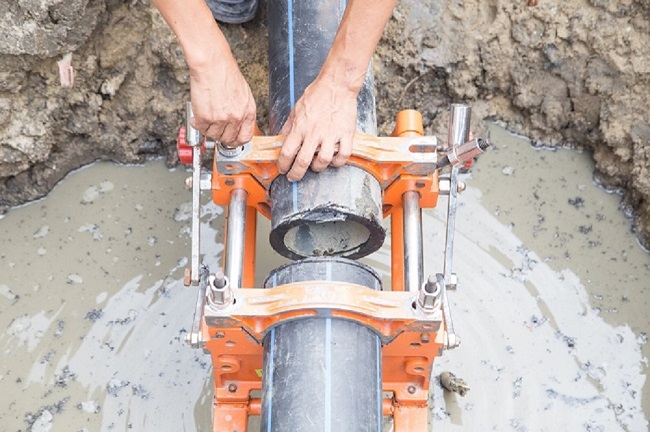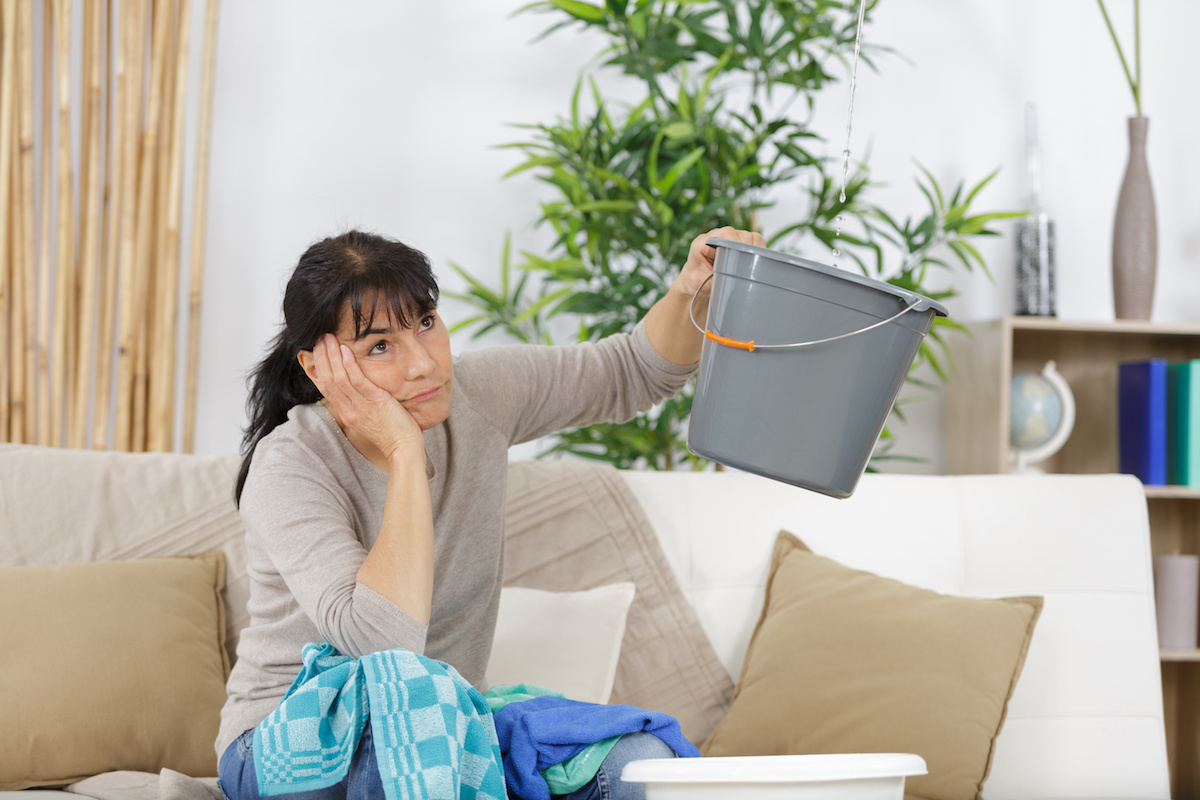What're your thoughts about How to install a dishwasher safely?

A burst pipeline is a significant emergency; you can only stand as you enjoy water you pay very much to rejoin with the planet. In worse instances, you observe a swimming pool on your kitchen floor, which is a wonderful trip danger, especially if you have kids around. If the pipeline that ruptured was in your walls, trouble: you may require to paint that whole section.
How can a catastrophe like a ruptured pipeline be prevented and handled? Well, by paying attention to your specialist emergency plumbers as well as adhering to these policies.
How do I understand when my pipes have ruptured?
Changing water stress
Pipelines do not just burst in a day. You might have noticed that your cooking area faucet or shower doesn't run right away when you turn the faucet. It may pause for a few seconds and then blast you with more pressure than usual.
In other instances, the water may seem normal in the beginning, then decrease in stress after a few secs.
Infected water
Many individuals presume a burst pipeline is a one-way outlet. Quite the contrary. As water spurts of the hole or gash in your plumbing system, pollutants find their method.
Your water might be infected from the resource, so if you can, check if your water tank has any kind of troubles. Nevertheless, if your drinking water is provided and purified by the city government, you must call your plumber immediately if you see or scent anything amusing in your water.
Puddles under pipelines and also sinks
When a pipeline ruptureds, the discharge develops a pool. It might show up that the puddle is growing in dimension, and also despite the number of times you mop the pool, in a couple of mins, there's an additional one waiting to be cleansed. Commonly, you may not be able to map the puddle to any type of visible pipelines. This is an indication to call a professional plumber.
Damp wall surfaces and water discolorations
Prior to a pipe bursts, it will certainly leak, most times. If this relentless leaking goes undetected, the leakage may finish into a vast laceration in your pipe. One very easy way to prevent this emergency is to watch out for wet wall surfaces ad water discolorations. These water stains will certainly lead you right to the leak.
Untraceable trickling noises
Pipeline bursts can take place in the most undesirable places, like within concrete, inside wall surfaces, or under sinks. When the house goes quiet, you might be able to hear an annoyingly consistent dripping noise. Also after you've examined your shower head and kitchen tap, the trickling may proceed.
Dear visitor, the trickling may be originating from a pipe inside your walls. There isn't much you can do about that, other than inform a specialist plumber.
Turn up the Heat
Set up followers to blow warmth into chilly spaces. Maintain the garage door closed. If you have reduced water circulation, warmth one of the most susceptible pipelines (usually in basements as well as crawl spaces or near exterior wall surfaces) with a hair clothes dryer. Leave the faucet on while you apply heat. As you melt ice, the circulation will certainly increase. To prevent pipelines from freezing, shield your wall surfaces.
Start Getting Rid of the Water
Order the mop, pails and a shop vacuum to begin to eliminate the water due to the fact that you certainly don't want it soaking into every little thing else in your home. And also, a fast tidy up will reduce the possibilities of something obtaining musty.
What do I do when I detect a burst pipe?
Your water meter will certainly continue to run also while your water wastes. To decrease your losses, find the main controls and turn the supply off. The water mains are an above-ground structure at the edge of your building.
How to Fix & Detect a Leaking Pipe
How Do I Know if a Pipe is Leaking?
Leak detection tests can help you determine if your pipe has a leak. Even if you don’t see an apparent leak, you should still conduct leak detection tests regularly to save water and money—and prevent major damage to your home.
Water meter. It can be helpful to figure out what your usual water meter usage numbers are and then monitor them regularly. To monitor your meter, first, turn off all water faucets in your home. Check the meter and write down the numbers. In a few hours, check the meter again. If the numbers have changed, you have a leak. Water gauge. Use a water gauge to test your water pressure. Your showerhead should produce a certain amount of water pressure based on its model and design. If the pressure is lower than it is supposed to be for that specific showerhead, your home likely has a leak. Puddles. Look inside your bathroom, laundry, and kitchen sink cabinets. Puddles around the cabinets or around toilets, tubs, showers, and washing machines indicate the presence of a leaking pipe. You may also notice loose tiles, peeling or flaking paint, or mold caused by water accumulation. Napkin test. Even if you don’t see any puddles, you may still have a leak. You can test for water leaks in the bathroom, laundry, and kitchen by wiping below-sink connections with a napkin, paper towel, or piece of toilet paper. If it becomes damp, you probably have a leaking pipe under the sink. Discolored walls. Walls that are discolored—usually with brown or yellow stains—or bulging might mean that they have been impacted by water damage caused by a leaking pipe. Smell. A leaky pipe will create sitting water, and over time, that water may develop a musty smell. If your home smells musty, but you can’t locate the source, it may be due to a leak. Steps for Fixing a Leaking Pipe
A leaky drain can be remedied by tightening the pipe base, replacing the drain seal, caulking the rim, and tightening the pipe nut. Similarly, a leaking toilet pipe can be treated by tightening the packing nut. You may also need to replace the valve. A leaky faucet may just need tightening or replacement of the washers. If that doesn’t work, consider replacing your faucet. If your pipe has a hole in it, you may want to use a pipe leak sealer or pipe leak tape. This quick fix for water pipe leaks can also temporarily fix a copper pipe leak. https://www.ahs.com/home-matters/quick-tips/how-to-tell-if-pipes-are-leaking/

We were introduced to that write-up about How to Install and Connect a New Dishwasher from a friend on our other web page. Do you know somebody else who is sincerely interested in the subject? Be sure share it. We treasure reading our article about How to Install and Connect a New Dishwasher.
Service excellence here.